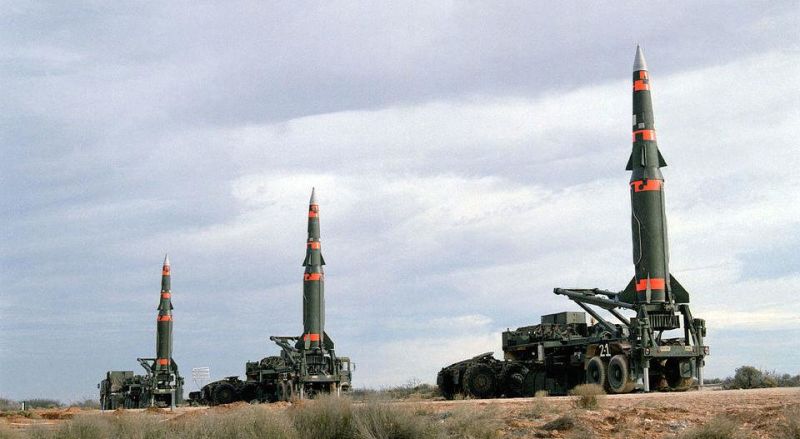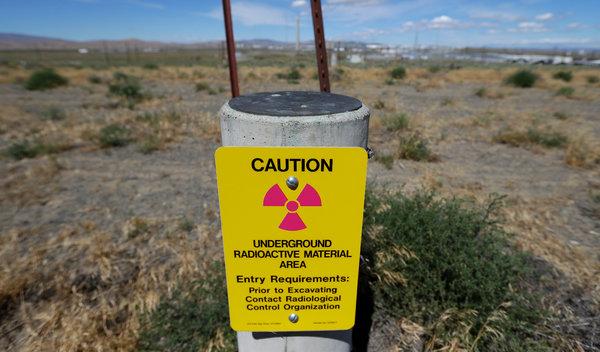On November 7, 1992, a really passionate Rage Against the Machine performed an incredible show at Berkeley Square in Berkeley, California. This powerful set included some of their now iconic songs such as “Bombtrack”, “Fistful Of Steel”, “Wake Up”, “Settle For Nothing” , “Killing In The Name”, “Bullet In The Head” and “Freedom”.
Commenter Mike4Metal was at this show and shared his excitement about seeing the band that night.
I was there that night!! The organization opened up that night, no one knew who rage was at this time, their debut was not out yet!! They surprised us all that night!!! I feel lucky to have witnessed their first Bay Area gig!!! Now they are legendary!!!
Earlier that year, the band performed an equally incredible show at Zed Records in Long Beach.
via reddit
Source: Incredible Footage of Rage Against the Machine Performing at Berkeley Square in November 1992








